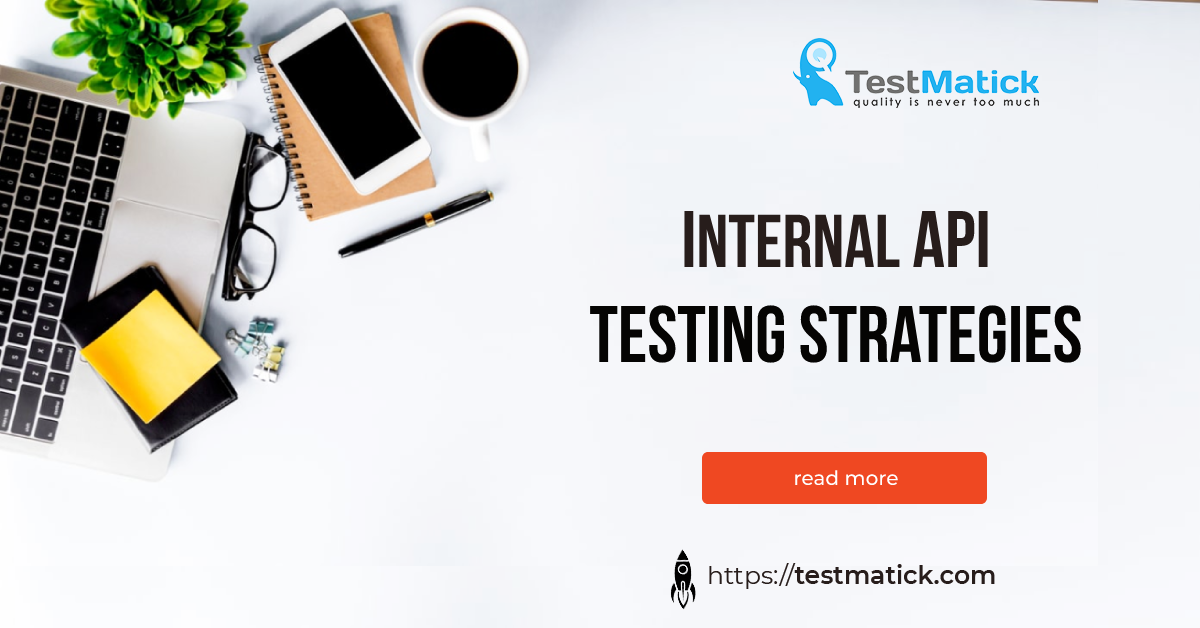Such a thing as API (application programming interface) is a very interesting virtual object both in its structure and functions. It is a versatile tool with which a user can make multiple applications work together. The API provides the opportunity to interpret software regardless of its complexity or simplicity.
At the same time, the API can be changed and modified. If the user interacts exclusively with the internal API, then there will be no problems. But if the development department and, accordingly, the QA engineers group have to interact with external resources, certain difficulties may arise.
Indeed, any part of the API can be modified or broken at the most inopportune moment. And if you want to deal with that as rarely as possible, you should anticipate the situation in advance, that is, create and constantly test the API.
The following strategies may be helpful for these purposes.
Tests First
This strategy is based on the following: the user must realize that the application will constantly change. And you cannot just use the API and expect that after a while it will be stable the same.
Right after you created API, you have to write a set of unit tests that allow you to make sure that the product is working correctly. Then, these tests should be performed regularly after deployment of each new API version (check if there are no conflicts, everything is stable and reliable at the system level).
Naturally, such a method requires certain efforts, since tests should be created in advance, and new original checks should be added after the API is created. But over time, this will seem like a very good strategy to you!
API Defect Tracking
Instead of testing the API, you can try to monitor its operation and fix defects upon detection. But testers don’t often follow this strategy, since their primary task is to find and fix bugs before the software becomes widely used.
Some developers advise sticking to the middle approach in this situation. It says the following: one should detect bugs and figure out their nature after recording the fact that something is broken.
It is worth remembering that bug monitoring shouldn’t be high technological. However, one should realize that the nature of the detected bug has been fully studied and will not cause a lot of negative consequences.
You can either use special software, which will be aimed exclusively to monitor the API, or involve a group of users from the existing staff who will inform the development department in case of failures or system anomalies.
Brief Conclusion
Testing a third-party API is completely similar to the process of testing any average software. You just have to think over the selected verification strategy in advance and follow the specified criteria. During the process, it will be useful to record all the problems faced by the QA department, recommendations that can be provided to the development and technical support department, as well as form a convenient and understandable guide for the end-user.










Leave A Comment